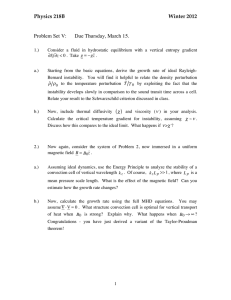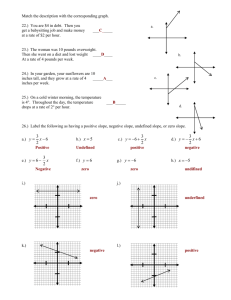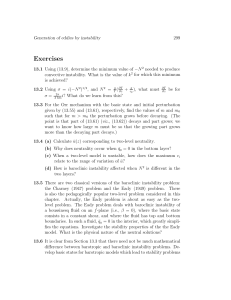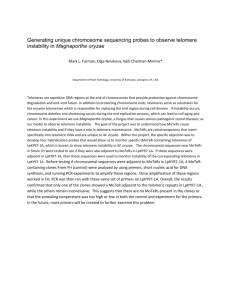Development of a centrifuge tilt-table device to investigate instability
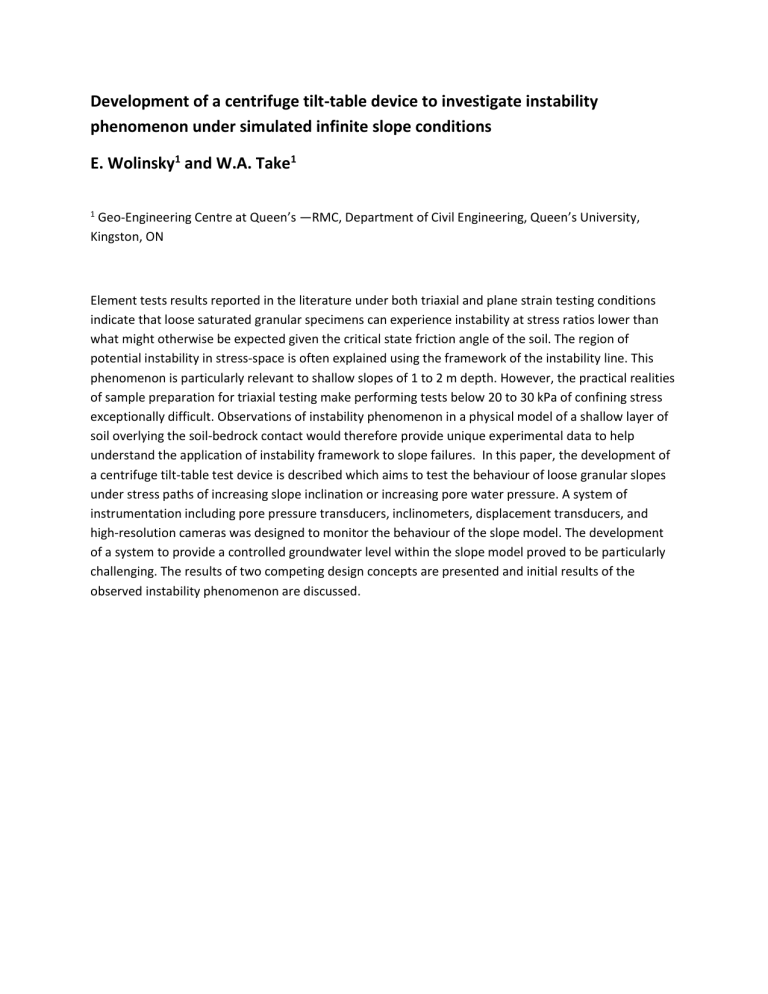
Development of a centrifuge tilt-table device to investigate instability phenomenon under simulated infinite slope conditions
E. Wolinsky
1
and W.A. Take
1
1 Geo-Engineering Centre at Queen’s —RMC, Department of Civil Engineering, Queen’s University,
Kingston, ON
Element tests results reported in the literature under both triaxial and plane strain testing conditions indicate that loose saturated granular specimens can experience instability at stress ratios lower than what might otherwise be expected given the critical state friction angle of the soil. The region of potential instability in stress-space is often explained using the framework of the instability line. This phenomenon is particularly relevant to shallow slopes of 1 to 2 m depth. However, the practical realities of sample preparation for triaxial testing make performing tests below 20 to 30 kPa of confining stress exceptionally difficult. Observations of instability phenomenon in a physical model of a shallow layer of soil overlying the soil-bedrock contact would therefore provide unique experimental data to help understand the application of instability framework to slope failures. In this paper, the development of a centrifuge tilt-table test device is described which aims to test the behaviour of loose granular slopes under stress paths of increasing slope inclination or increasing pore water pressure. A system of instrumentation including pore pressure transducers, inclinometers, displacement transducers, and high-resolution cameras was designed to monitor the behaviour of the slope model. The development of a system to provide a controlled groundwater level within the slope model proved to be particularly challenging. The results of two competing design concepts are presented and initial results of the observed instability phenomenon are discussed.
![[These nine clues] are noteworthy not so much because they foretell](http://s3.studylib.net/store/data/007474937_1-e53aa8c533cc905a5dc2eeb5aef2d7bb-300x300.png)

